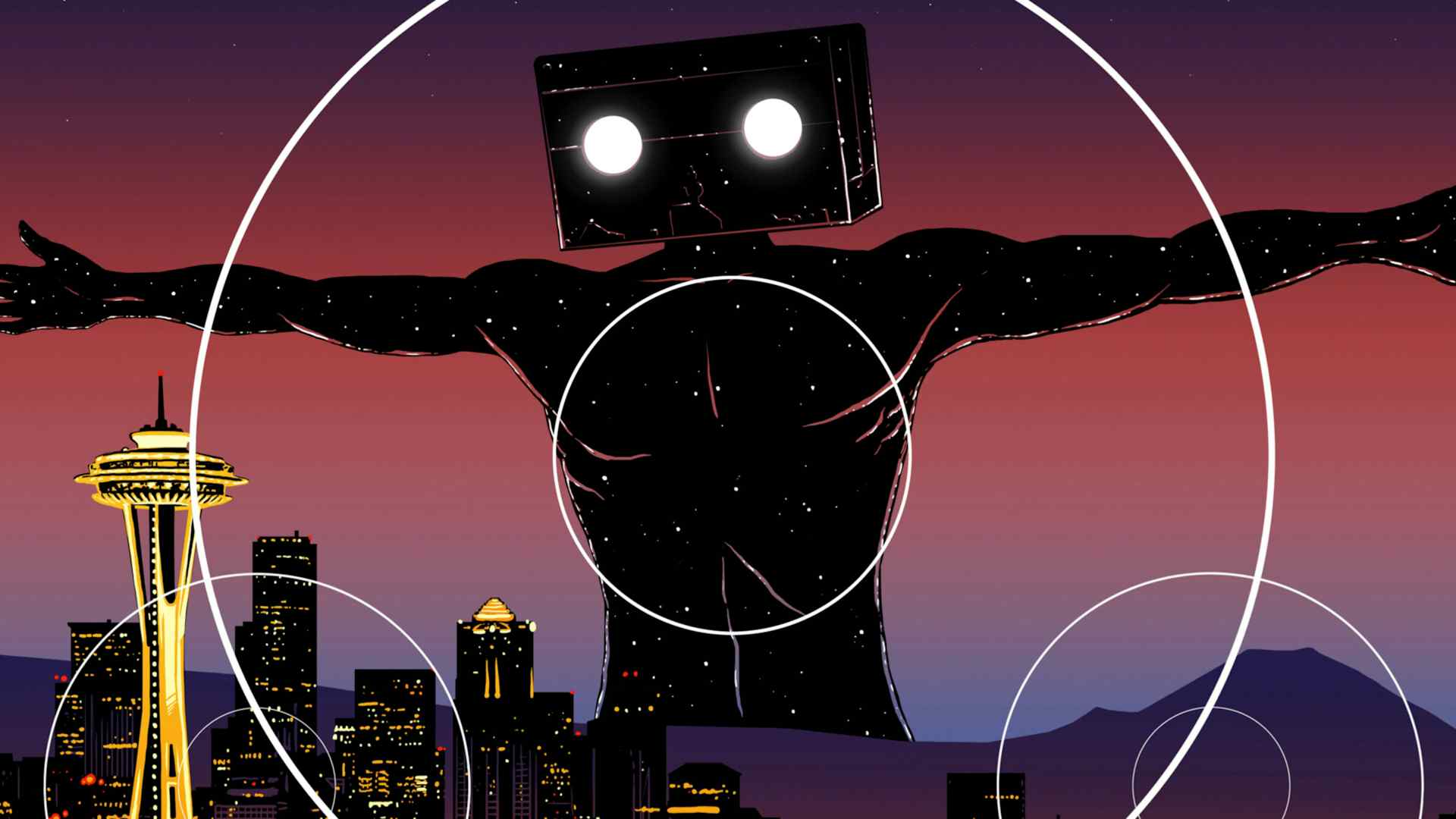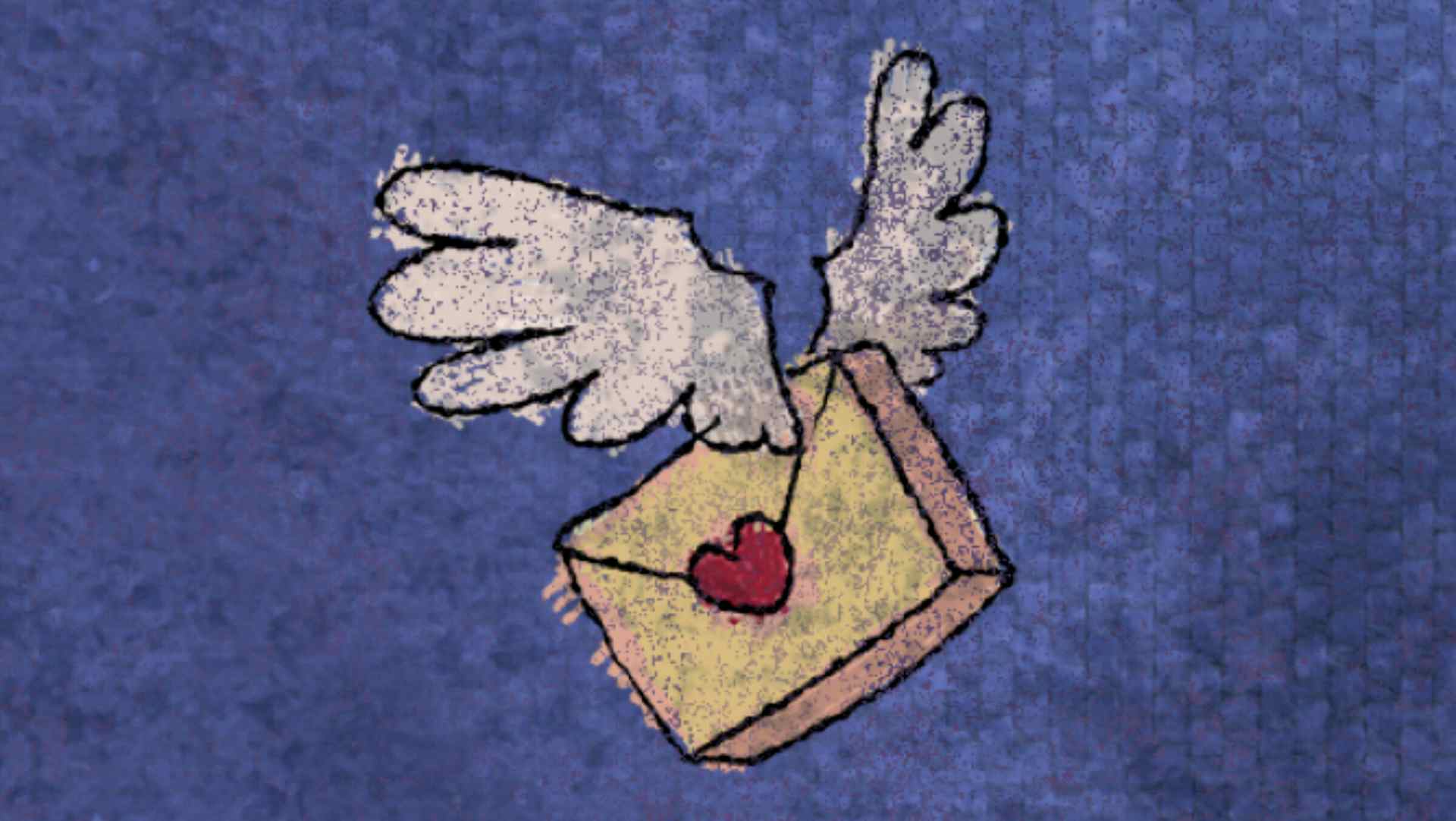Robert Horton is a Scarecrow board member and a longtime film critic. This series of "critic's notes" is chance to highlight worthy films playing locally and connect them to the riches of Scarecrow's collection.

An intriguing revival lately making the rounds is the 1991 film The Linguini Incident, although the movie in this case is not so much a revival as a re-do. Director Richard Shepard has re-cut the film (his first feature) in a way he says is closer to what he originally wanted; the re-imagined version continues to play at the Northwest Film Forum this weekend.
I haven't seen the new take, but I reviewed the original when it came out. I'm sure that review exists somewhere, although I don't have it at hand (I bet I know which stored-away box it's in). In my memory, the film is chaotic and minor and generally likable, with the considerable bonus of a cast that features David Bowie, Rosanna Arquette, Buck Henry, Andre Gregory, Marlee Matlin, and Stranger Than Paradise star Eszter Balint. Surely all that makes the movie worth a look.
So I can't reprint my review, but it put me in mind of other David Bowie titles. And although it's not a Bowie movie, the 2006 documentary Glastonbury has a stirring performance of "Heroes" at a climactic point in the film. The doc, directed in hectic fashion by Julien Temple, doesn't have much of a public profile, but it works as a musical montage—mashing together performances from the celebrated music festival and creating a portrait of a place. Scarecrow has the movie on hand, of course, as well as other Glastonbury-related films. Here's my review, originally published in The Herald.
The usual rock-concert documentary follows a familiar pattern: performance, audience shots, a bit of oddball color or interview, the next performance, and so on. Glastonbury can be a frustrating experience, but at least it tries to do it differently.
This film is about the famous music festival outside the town of Glastonbury, in the Arthurian area of Somerset, England. It's been going on, with a few interruptions, since 1970, and this movie tries to cover it all.
Director Julien Temple, who made his name with a couple of classic Sex Pistols documentaries, has taken the bold approach of collapsing the festival's history on top of itself. Footage of naked hippies from the early 1970s cuts together with high-tech tents dotting the 21st century field.
The result is a bewildering array of images and music that, oddly enough, seems to capture the spirit of the festival. And that spirit might be summed up by the musical question: What's so funny about peace, love, and understanding?
At least, that's the way farmer and festival organizer Michael Eavis sees it. The festival has taken place on his property, though years of over-crowding, drug use, illegal itinerant squatting, and resistance from neighbors. One great vintage clip of a local might have come out of Monty Python: "I object to all the filth and flies that have been left around our hedgerows."
Eavis maintains his hopeful attitude (and his eccentric beard) through it all. Every time he cleans up or improves one aspect of the festival, he seems to long for the disorganization of the past. His narration also provides some spine for the otherwise chaotic film, taking us through the ups and downs of the festival's history.
Temple has gathered footage from a variety of sources, including home movies by fest-goers and a 1971 concert feature. So at times you have the feeling that the crowd itself is directing the movie, which in a way they are.
And there's music. Concert-movie purists will be irritated that only a few songs are presented in their entirety, so either resign yourself to Temple's collage style or skip this movie. That said, there's good footage of Bjork, Radiohead, Velvet Underground, Morrissey, and Coldplay. The final two songs bring everything together at the end of the overlong film: Pulp's "Common People," and David Bowie's majestic "Heroes," which together lend a benediction to the faithful Glastonbury-goers.
Temple even ties the movie beyond 1971, by emphasizing the legends of Glastonbury as a mystical place where Jesus and King Arthur might have walked. It truly is one of the coolest places on earth, and with a simple zoom from the top of the Glastonbury Tor (a mysterious hill above town) to the green field of contemporary worshipers, Temple connects ancient with new.
June 7, 2024


